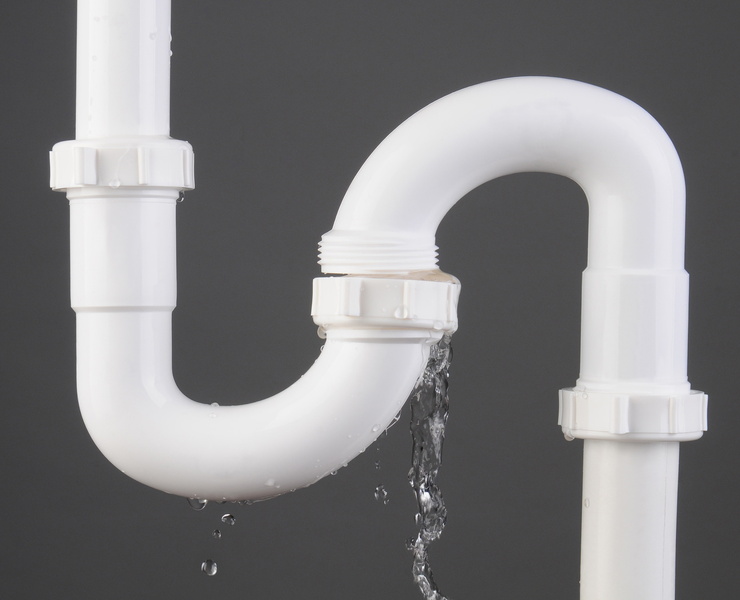How to Check If Your House Has a Hidden Leak
How to Check If Your House Has a Hidden Leak
Blog Article
We've noticed this post relating to Finding hidden leaks listed below on the web and believe it made good sense to talk about it with you on this site.

Early detection of leaking water lines can minimize a prospective catastrophe. Some tiny water leakages may not be visible.
1. Examine the Water Meter
Inspecting it is a surefire means that helps you discover leakages. If it moves, that suggests a fast-moving leak. This means you may have a slow leakage that can even be underground.
2. Examine Water Usage
Assess your water expenses as well as track your water usage. As the one paying it, you need to observe if there are any type of inconsistencies. If you find sudden changes, in spite of your usage being the same, it suggests that you have leakages in your plumbing system. Keep in mind, your water costs should fall under the exact same array monthly. An abrupt spike in your bill indicates a fast-moving leak.
A stable boost every month, also with the exact same behaviors, shows you have a sluggish leakage that's likewise slowly intensifying. Call a plumber to extensively inspect your property, especially if you feel a warm location on your flooring with piping beneath.
3. Do a Food Coloring Test
When it comes to water intake, 30% comes from commodes. If the color in some way infiltrates your bowl throughout that time without flushing, there's a leakage between the container and also dish.
4. Asses Exterior Lines
Do not forget to check your exterior water lines too. Examination spigots by affixing a yard pipe. Should water leak out of the connection, you have a loosened rubber gasket. Change this as well as guarantee all connections are limited. It will help get it properly analyzed and preserved yearly if you've got a lawn sprinkler system. One little leakage can lose tons of water and also surge your water costs.
5. Evaluate the scenario and also examine
Homeowners must make it a practice to examine under the sink counters and also also inside cabinets for any bad odor or mold growth. These two red flags show a leak so timely focus is needed. Doing routine inspections, also bi-annually, can save you from a significant problem.
Check for stainings and also damaging as the majority of devices as well as pipes have a life expectancy. If you believe dripping water lines in your plumbing system, do not wait for it to intensify.
Early detection of leaking water lines can mitigate a potential calamity. Some little water leaks may not be noticeable. Examining it is a guaranteed method that helps you uncover leaks. One tiny leak can throw away bunches of water and also surge your water expense.
If you suspect dripping water lines in your plumbing system, do not wait for it to escalate.
How to Know If Your Home Has a Hidden Leak
Water Meter Reveals Inexplicable Water Usage
If you’d like to test whether or not there’s a leak somewhere in your home, you can do this using your water meter. Here is how to conduct the test:
Don’t use any water in your home for at least 30 minutes; this also means not turning on faucets or water-using appliances.
Go outside, and check your water meter for activity.
If your water meter shows that there was activity, even though no one was using any water, this proves that there is a leak in your home.Visible Mold or Mildew Growth
Leaks behind walls create moist, dark environments that allow mold and mildew to grow and thrive. Eventually, you might see mold growth forming on the wall closest to a hidden leak.
If mold is growing in an area that receives a high amount of moisture, such as a bathroom, it may simply be an indication that better ventilation is needed. However, if you see mold growth on a wall or the ceiling in an area where you would not expect, you probably have a hidden leak.
Musty, Mildew Odor
Sometimes you might not be able to see the mold or mildew that is growing as a result of a leak. However, the smell can give the problem away just as easily. If you catch a whiff of something musty, there’s a good chance that old water is collecting somewhere in your home that you can’t see.
Stained/Warped Walls, Ceilings, or Floors
When your home soaks up water, a variety of red flags can become visible, including ceiling stains, bubbling drywall, warped walls, and sagging floors. While these issues can be caused by excess humidity, they can also be signs that a pipe or plumbing connection has started leaking behind your walls.
Inexplicably High Water Bill
After a while, you get a general sense for what your water bill should be. If you own a pool or sprinkler system, your bill will tend to be higher during summer. However, if you receive a water bill that seems especially high, and you can’t figure out what caused it, then you may have a hidden leak somewhere that’s increasing your bill.
https://www.plumbingjoint.com/blog/2019/july/how-to-know-if-your-home-has-a-hidden-leak/

I recently found that content about Top leak detection hacks when surfing the search engines. Remember to take the time to promote this blog entry if you enjoyed reading it. Many thanks for going through it.
Report this page